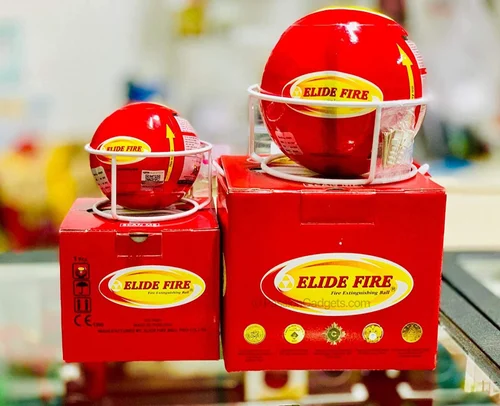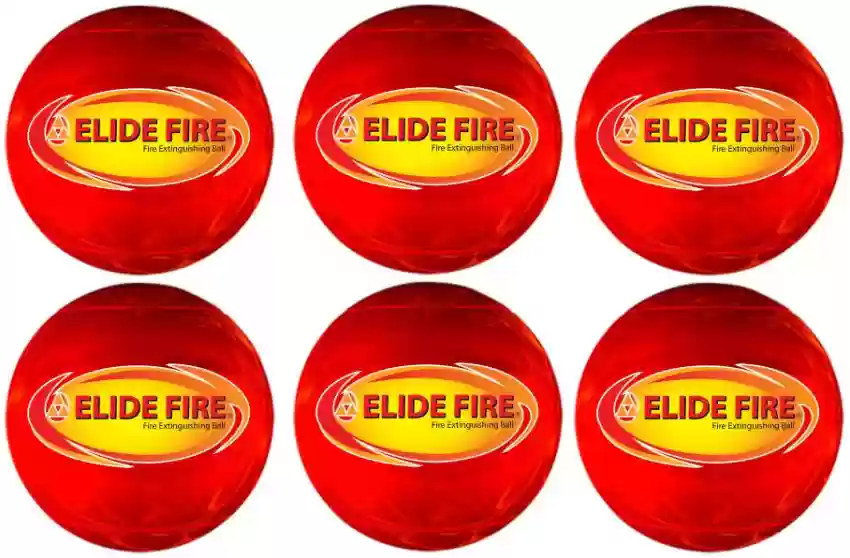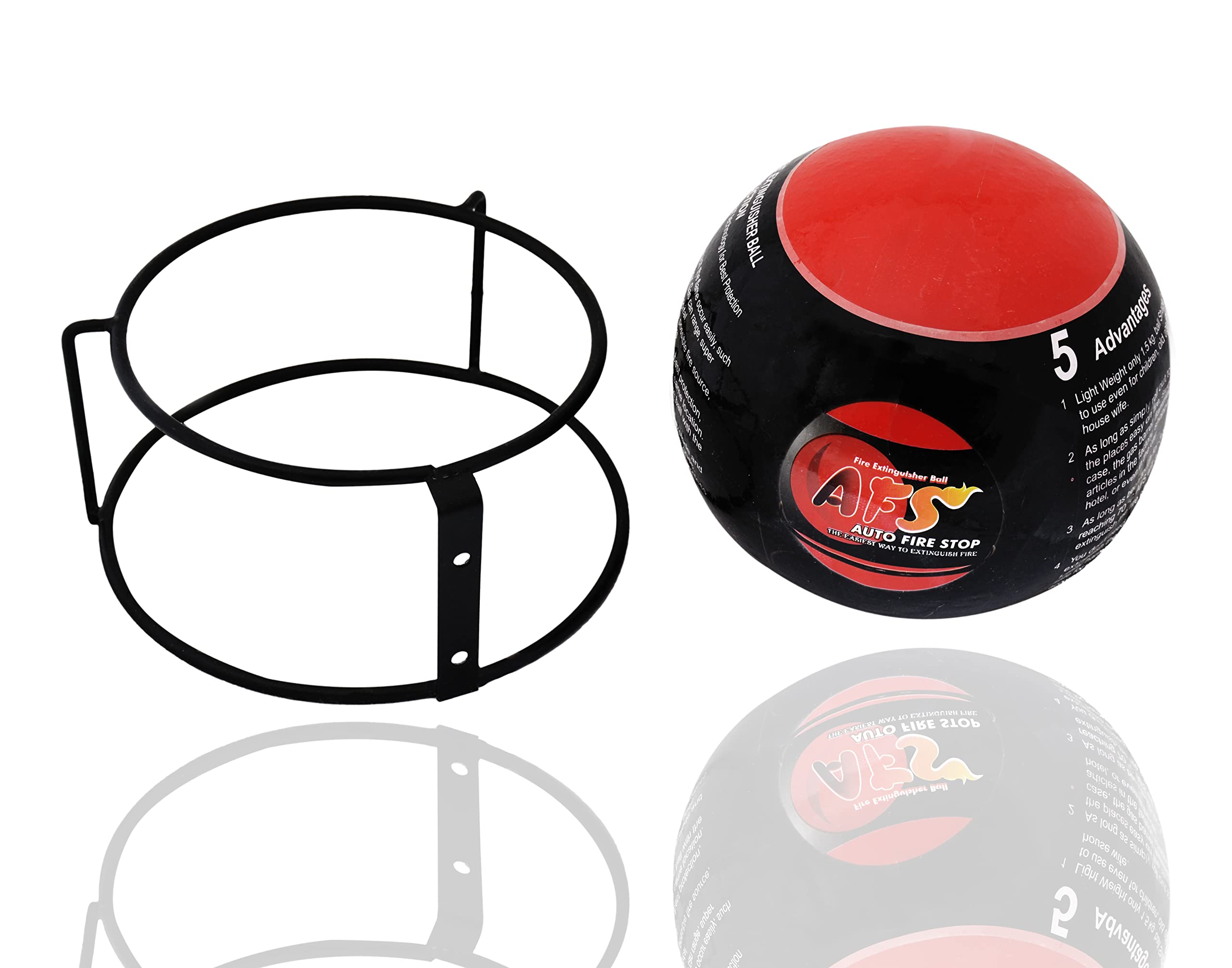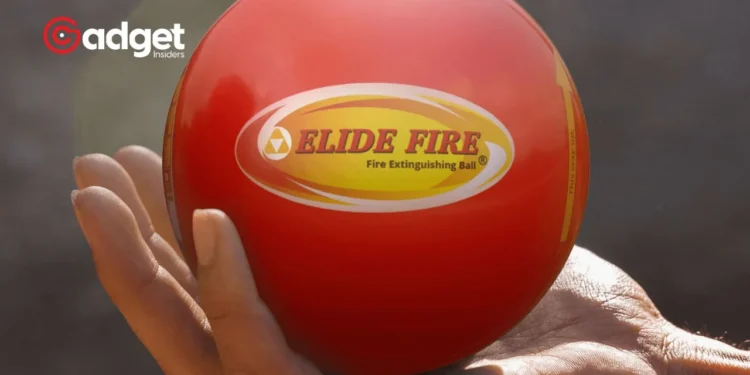In a striking move that has ignited widespread discussions across the United States, federal authorities have issued a critical warning against the use of Elide fire-extinguishing balls, a once-promoted innovation in fire safety. At the heart of this controversy is the Elide fire-extinguishing ball, a product that, despite its innovative approach to combating flames, has been found to compromise safety during critical moments of a fire outbreak.
Elide fire-extinguishing Balls: The Heat of the Matter
The US Consumer Product Safety Commission (CPSC), an entity dedicated to the protection of Americans from products that may pose a fire, electrical, chemical, or mechanical hazard, has cast a shadow over the efficacy and safety of these fire-fighting tools.
According to the CPSC, the Elide fire-extinguishing balls and similar products might not act swiftly enough to douse fires, thus putting lives at significant risk.
The heart of the concern lies in the operational mechanics of the product. ElideFireUS.com, the maker’s official website, claims that their fire-extinguishing ball activates automatically upon contact with flames, releasing a dry chemical intended to suppress the fire.
However, the CPSC counters this by stating that these Elide fire-extinguishing balls may not distribute the chemical widely enough to effectively quell fires. Furthermore, the absence of essential features such as a pressure gauge, a locking mechanism to prevent accidental discharge, and a nozzle for aimed discharge only adds to the apprehension.

Adding to the complexity, Chuck Thompson, a representative for E Fire USA, a company that distributes a similar product known as the “E-Fire Ball,” expressed frustration over what he perceives as misinformation clouding an innovative fire-fighting solution.
Thompson emphasized that their products, including the fire-extinguishing balls, are not categorized as fire extinguishers and thus should not be subjected to the same standards. His sentiment echoes a broader industry challenge in integrating novel technologies into established safety protocols.

A Closer Look at the Controversy
This isn’t the first instance fire-extinguishing balls have come under scrutiny. The CPSC had previously recalled several brands sold on Amazon due to similar safety concerns, highlighting a recurring theme of potential hazards associated with these products.
The recalled items were criticized for lacking critical safety features, paralleling the concerns raised against the Elide fire-extinguishing balls.
The US Consumer Product Safety Commission has warned against fire-extinguishing balls, citing potential safety issues and consumers needing certified fire extinguishers.https://t.co/Qui4E7kCN2
— Tech Times (@TechTimes_News) March 29, 2024
Elide Fire USA offers three models of their fire-extinguishing ball, with prices ranging from $95 to $120. The advisory from the CPSC encompasses all these models, amplifying the urgency for consumers to heed the warning and explore alternative fire safety solutions that adhere to established standards, such as those fulfilling the UL 299 and UL 711 safety benchmarks.
Navigating Towards Safer Alternatives
In response to the CPSC’s warning, consumers are advised to discontinue the use of these fire-extinguishing balls immediately. The recommendation extends to the proper disposal of the products at local fire departments or hazardous waste disposal facilities, emphasizing the importance of opting for fire extinguishers that bear the UL 299 and UL 711 safety certifications.
This situation underscores a pivotal moment in the fire safety industry, highlighting the fine line between innovation and safety. As authorities and manufacturers navigate these challenges, the paramount concern remains the well-being of consumers, urging a cautious approach towards embracing new fire-fighting technologies.

As the debate around the safety and efficacy of fire-extinguishing balls continues, it’s clear that the path forward must be paved with rigorous testing, transparent communication, and a steadfast commitment to public safety. Only through such a balanced approach can we hope to foster innovation in fire safety technologies that are both effective and, above all, safe for consumers.










